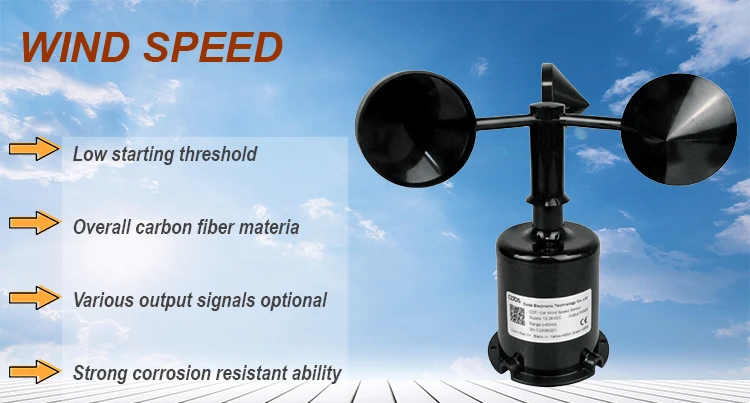Wind Speed Measuring Instruments: Types and Applications
April 11, 2025 | News | No Comments

# Wind Speed Measuring Instruments: Types and Applications
## Introduction
Wind speed measurement is crucial in various fields, from meteorology to renewable energy. Understanding the different types of wind speed measuring instruments and their applications helps professionals choose the right tool for their specific needs.
## Types of Wind Speed Measuring Instruments
### 1. Anemometers
Anemometers are the most common instruments for measuring wind speed. They come in several varieties:
– Cup anemometers: Feature rotating cups that spin with the wind
– Vane anemometers: Combine a propeller with a tail for directional measurement
– Hot-wire anemometers: Use heated wires to detect wind speed changes
### 2. Wind Vanes
While primarily used for wind direction measurement, some advanced wind vanes can also estimate wind speed based on the angle of deflection.
### 3. Sonic Anemometers
These high-tech instruments use ultrasonic sound waves to measure both wind speed and direction without moving parts.
### 4. Pitot Tubes
Common in aviation, Pitot tubes measure airspeed by comparing static and dynamic pressure.
## Applications of Wind Speed Instruments
### Meteorology and Weather Forecasting
Accurate wind speed measurements are essential for weather prediction models and severe weather warnings.
### Aviation Industry
Pilots and air traffic controllers rely on wind speed data for safe takeoffs, landings, and flight planning.
### Wind Energy Sector
Wind farm operators use anemometers to:
– Assess potential sites
– Monitor turbine performance
– Optimize energy production
### Construction and Engineering
Wind speed monitoring is critical for:
– Crane operations
– High-rise construction
– Bridge maintenance
## Choosing the Right Instrument
Consider these factors when selecting a wind speed measuring device:
– Measurement range required
– Environmental conditions
– Accuracy needs
– Data recording capabilities
– Budget constraints
## Maintenance and Calibration
Regular maintenance ensures accurate measurements:
– Clean sensors periodically
– Check for physical damage
– Calibrate according to manufacturer guidelines
– Replace worn components
## Future Trends in Wind Measurement
Emerging technologies include:
– LiDAR-based wind measurement
– Drone-mounted sensors
– AI-powered predictive analytics
– Miniaturized IoT-enabled devices
## Conclusion
From simple mechanical anemometers to sophisticated sonic sensors, wind speed measuring instruments play a vital role in numerous industries. Understanding their types and applications helps professionals make informed decisions about which tool best suits their specific requirements.
Keyword: measure wind speed instrument